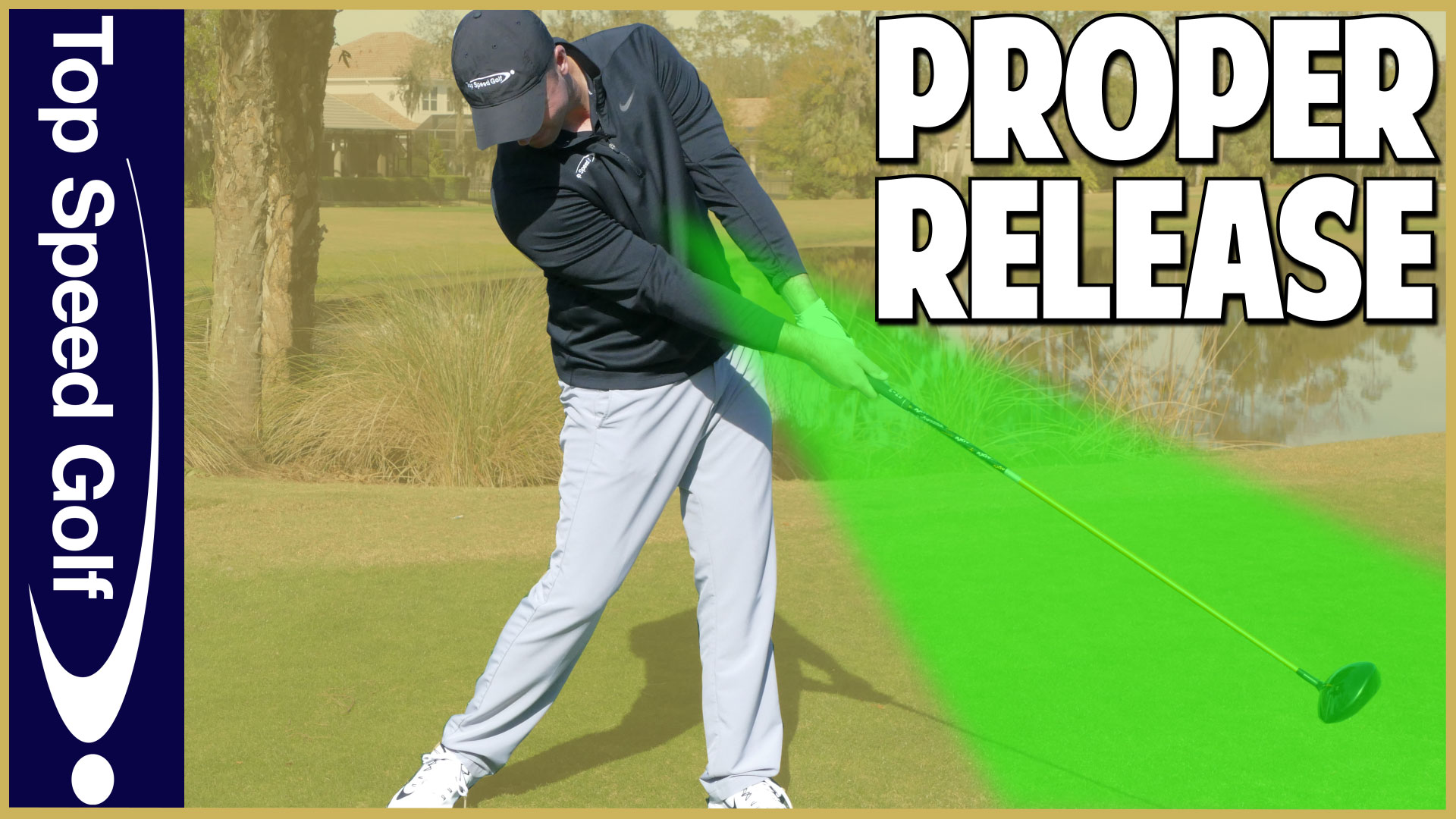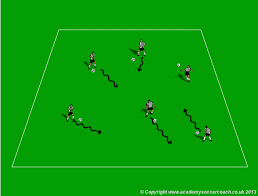
The ball position influences the ball's flight and spin as well the ability to square it. It is not possible to overstate the importance of ball position. We will discuss how to determine your ball position. But, before we begin, let's understand what ball position really is. Read on to learn more. This article has some great tips and tricks that will help you improve your game.
Relative ball position
It is vital to understand that the initial position of your ball at address can have an enormous impact on your overall game. You will be able to make better decisions throughout your round if you take the time to properly set up. If you miss setting up correctly, you can cause a chain reaction that will result in the ball being in an unexpected position during your golf swing. These tips will assist you in understanding the importance and significance of relative ball positions in golf.

Relative ball location in relation to your eyes
The relative position of the ball relative to your eye when playing golf is how you position it in relation the line on the golf balls. Different golfers position the ball differently depending on which type of shot they're going to make. Right-eye dominant players typically place the ball over their left-hand front heel, while left-hand dominant golfers position it farther back in their stance. It is important to have a clear vision of where the ball is going.
Relative ball position relative to distance from target
To determine the impact of relative ball position on whole body motions, we measured all standard shots' angular positions for the shoulders. The shoulder in the left-sided position had a more open position than the reference. However, the shoulder in right-sided ball positions was more closed than the one reference. These results indicate that shoulder position changes with ball position and can affect whole-body actions.
Relative ball position relative to distance from putter
There are two basic principles to understanding the concept of ball position. The first principle is that it is relative. The ball will fly further forward the farther you hit it. Conversely, the ball will fly further back the farther you hit it. This principle should be intuitive as long as your distance to the putter is the same as it was when you started. You must understand the relationship of ball position and distance to the putter in order get the most from your putter.

Relative ball position in relation to your left heel
Many golf instructors believe that the ball is too far forward. This creates pressure on the leadfoot at impact. Amateur golfers often struggle to apply this pressure prior to impact. In fact, Jack Nicklaus played his entire golf game off his left heel. Jack spoke of the importance a ball's position. You should position your ball so that it is six inches away from your body. This will ensure the best results. Your right hand should not be too far from the club.
FAQ
What items should I take with me on a golf vacation?
You should bring snacks and beverages. Don't forget to pack your favorite tee, sunglasses and gloves, as well as towels.
How can I learn how to play golf?
Learning how to play the game of golf takes practice and patience. However, it is possible to improve your game over time. Here are some tips:
-
It is essential to practice regularly. Golf requires constant concentration and attention. You won't improve your golf skills if you don’t practice enough.
-
Play with other people who understand how to play. Playing with people can help you create your own style.
-
Before you begin to practice golf, it is important that you read the basics. This will give you an idea about what you need to do.
-
Don't try and master everything at once. Concentrate on one aspect in your game. Focus on one aspect of your game, such as improving your putting skills or learning how to chip. This will help you feel more confident about your game.
-
Take lessons. Lessons can teach you important things like stance, swing speed, posture, etc.
-
Try new techniques. Try out new grips, stances or swings.
-
Keep records. Record your scores and keep track of your progress. You will be able to identify your areas of improvement.
-
Join a local golf club. Many clubs offer free lessons. Clubs often have welcoming members who are eager to help newcomers.
-
Hire a coach. A coach can offer guidance in certain areas.
What are the different types?
Golf courses come in all shapes and sizes. Some courses are made for beginners, others for more experienced players.
Some courses are situated near rivers, mountains, forests, or lakes. Others can be found in urban settings. There are many golf courses, from public parks to private estates.
How can a player score points while playing golf?
Points are awarded based on how well a player performs in a competition. You can score points in many different ways in golf. A player may win a tournament if they score more than others. In another scenario, a player might place second in a tournament. This would allow them to receive half the prize cash that was won by their winner. Points are also awarded for finishing in places 3rd through 10th. These points are also known as "strokes".
There are many unofficial events that give points to the top performers, in addition to official competitions. Bonus points can be awarded in certain cases to players who perform well in a particular event.
Can I learn how golf is played?
Yes. You can take lessons at several schools to learn how golf is played. You will need to buy new equipment such as a set of clubs.
Statistics
- Professional golfers typically make between 60% and 70% of greens in regulation. (en.wikipedia.org)
- In the United States, women made up 25 percent of golfers in 2021, which was up from 19 percent in 2011, and junior female golfers account for 35 percent or 1.1 million golfers.[50] (en.wikipedia.org)
- They do this by means of assessing and rating courses according to the average good score of a "bogey golfer," a player with a handicap of around 20. (en.wikipedia.org)
- In the United States, the number of people who play golf twenty-five times or more per year decreased from 6.9 million in 2000 to 4.6 million in 2005, according to the [51] (en.wikipedia.org)
External Links
How To
How to hit the perfect Bunker Shot
A bunker shot is a type golf shot that you aim at a certain spot on the hole (the green) to ensure your ball does not bounce off the surface. This is accomplished by taking advantage on the slope of green. The goal is to direct the ball as far as possible towards hole.
The best way to reach your target point when playing golf is to find the best line. It is important to consider factors like distance to the target, terrain type, whether the ball has to bounce off of the ground or fly straight and weather conditions.
To achieve a perfect bunker shot, you must first understand its physics. First, decide if you're going uphill and downhill. If you are looking uphill, a drawing board is necessary. If you're facing downhill, you'll need to swing with a fade. Next, determine how fast your body needs to move to stop the ball bouncing off of the green. This can be done using the angle between you and the ball. The final step is to measure the size of your bunker.
Once you know these things, you are ready to start swinging. Just like any other shot, you should be able to swing the ball hard enough that it passes the club head's face but slow enough to prevent it from bouncing off of the green. Once you have the speed and trajectory you want, you can start to approach. Slowly approach your ball until you're close enough to the landing area. Next, you should take one final look at the ball before you release it. If all goes according plan, you will be able to make a perfect bunker shot.